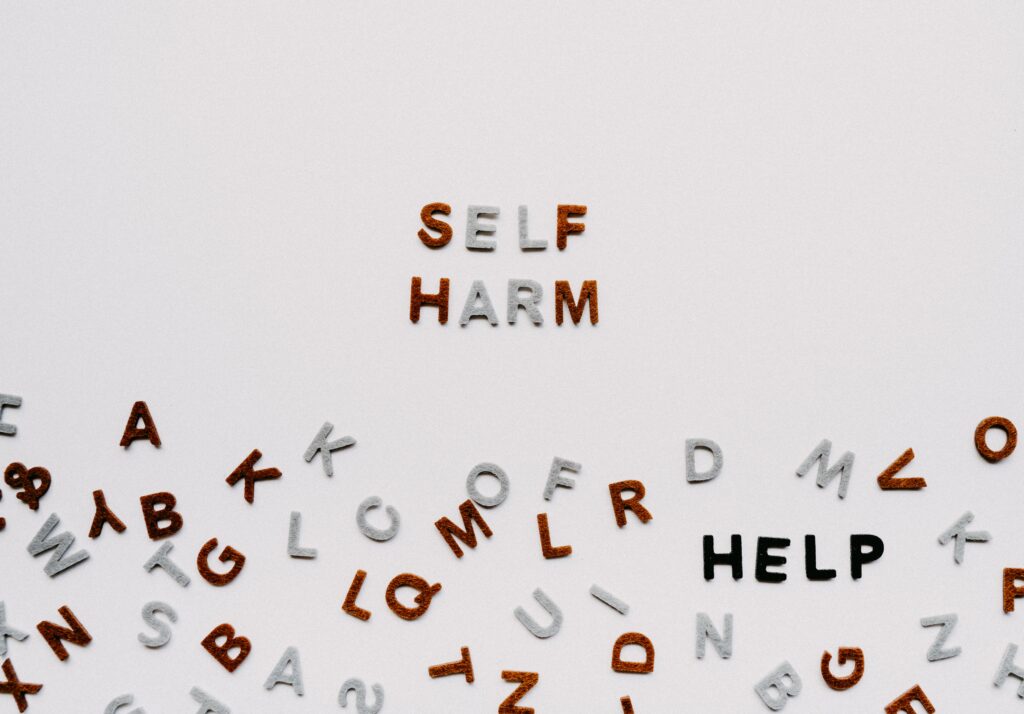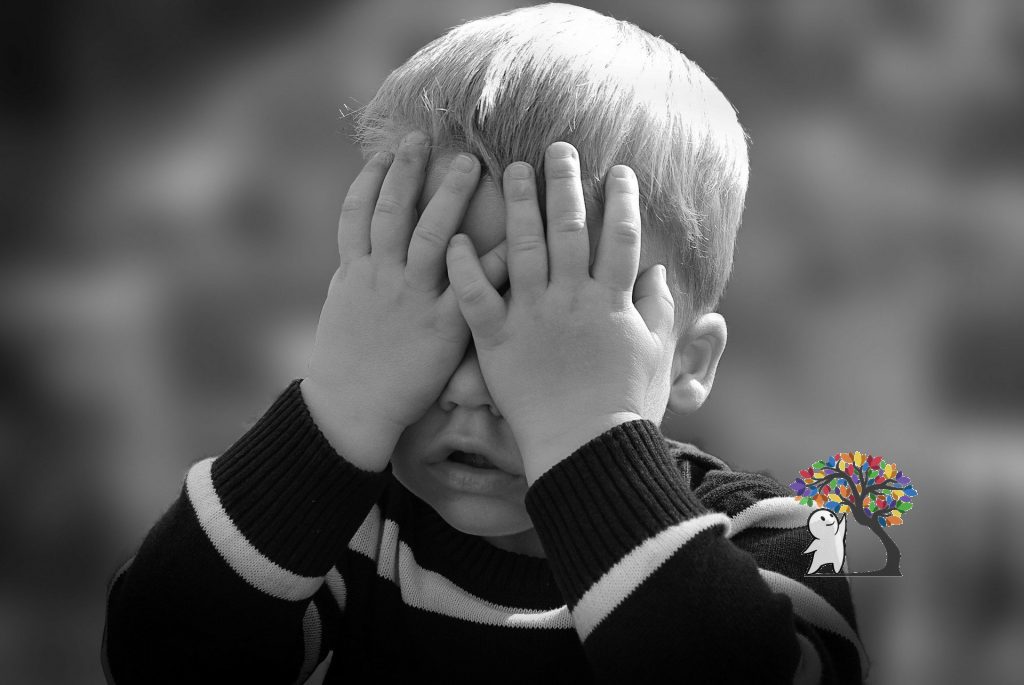3 signs someone is suicidal, not just depressed

Did you know that every 11 minutes a person commits suicide? In the year 2020 Suicide ranked ninth as the leading cause of death for all ages in the United States. Not only that, but according to the Centers for Disease Control and Prevention, the number of people who have suicidal thoughts is even higher. In 2020, an estimated 12.2 million adult Americans had truly considered suicide, among them, 3.2 million made a suicide plan, and 1.2 million completed the act.
Suicide is a serious problem that can be prevented by recognition, awareness, and understanding. Suicidal thoughts stem from a variety of reasons, some of which are mental illnesses like depression, bipolar disorders, and PTSD. In this article, I will point out 3 signs someone is not just depressed, but suicidal instead.
Disclaimer: This article is for informative purposes only. It is not intended to diagnose or treat any condition. Please reach out to a qualified healthcare provider or mental health professional if you are struggling.
Number 1, withdrawal.
Do you notice your friends hanging out with you less often? Are they always turning down invites? They may be going through some tough times, or it may be something more serious like they have depression and are thinking of suicide.
A person with suicidal thoughts will not only avoid their friends but will also disappear from social media. Nowadays with the help of social media, we can be up to date with our friends’ activities without directly meeting them. If you notice someone who used to post a lot about their day suddenly stops, it’s a reason to investigate.
Not only that but withdrawal is not limited to social life, but also personal life. When a person has depression, they will lose interest in things that usually entertain them. Activities like playing volleyball or painting do not spark joy anymore. This is all the more true when suicidal thoughts start to bubble up.

Number 2, showing self-harming behavior.
A study performed by the University of Oxford established that there is a strong relationship between psychiatric illnesses and suicide. The research concluded that self-harm in patients with different types of psychiatric illnesses, including depression and bipolar disorder had the highest risk of them all.
When someone you know starts displaying self-harming behaviors like cutting, pulling out hair, or burning skin, they are giving the message that they do not care anymore. Self-harming actions are not limited to physical injuries as well but also actions. When they engage in reckless activities, like jumping from a bridge for a test of courage or driving unsafely, they do that because they feel that their life does not matter anymore, and they have made the decision to end it.

Number 3, feeling hopeless.
According to the U.S. Department of Health and Human Services an estimated 2% of people receiving outpatient treatment for depression will attempt suicide.
What starts as a lack of energy and motivation because of depression can progress to something much more sinister. Depressed people usually do not get things done because of their illness. They tend to procrastinate on the simplest of tasks, because there is no feeling of accomplishment to help keep them going forward. Having your efforts rewarded is one of the major reasons why we continue to do what we do; without it you feel like there is no benefit of working in the first place. Thoughts about a bleak future may start to bloom, which will allow suicidal thoughts to take root in the mind.
Depressed individuals may also fight feelings of guilt, shame, fear, and uselessness. These emotions will decrease their self-esteem which will simply increase the negative thoughts and emotions. They will be surrounded by a dark bubble of emotions; they will feel like they are in a long tunnel that they think has no light at the end. They feel like they have no hope for a better future, thinking it is pointless and because of this will choose to end their life.

In conclusion, depression and suicide are strongly linked together. If you notice signs of withdrawal, self-harming behaviors, and hopelessness, then it is more likely that they are not just depressed but considering suicide as well. If you hear your friend saying, ‘I wish I was dead.’ do not laugh it off as a joke. It could be serious, coming deep from their heart.
Together we can decrease the incidence of suicide by being more aware of the risk factors and signs and by referral to the appropriate health care professional.
Want to know how procrastination can be caused by depression? Check out this article: https://psych2go.net/5-signs-you-procrastinate-because-of-depression-not-laziness/
Written by Ruqaya Shahin.
References:
Singhal, A., Ross, J., Seminog, O., Hawton, K., & Goldacre, M. J. (2014). Risk of self-harm and suicide in people with specific psychiatric and physical disorders: comparisons between disorders using English national record linkage. Journal of the Royal Society of Medicine, 107(5), 194–204. https://doi.org/10.1177/0141076814522033
Centers for Disease Control and Prevention. (2022, July 25). Facts about suicide. Centers for Disease Control and Prevention. Retrieved July 29, 2022, from https://www.cdc.gov/suicide/facts/index.html
Schimelpfening, N. (2022, April 26). Risk factors and warning signs of suicide. Verywell Mind. Retrieved July 29, 2022, from https://www.verywellmind.com/suicide-warning-signs-and-risk-factors-1067525
Recognizing suicide behavior: Risk factors, warning signs, what to do. Cleveland Clinic. (2021, June 18). Retrieved July 29, 2022, from https://my.clevelandclinic.org/health/articles/11352-recognizing-suicidal-behavior
Bhandari, S. (2022, March 17). How to recognize symptoms of suicidal behavior. WebMD. Retrieved July 29, 2022, from https://www.webmd.com/mental-health/recognizing-suicidal-behavior
CDC. CDC WONDER: Underlying cause of death, 1999–2019. Atlanta, GA: US Department of Health and Human Services, CDC; 2020. https://wonder.cdc.gov/Deaths-by-Underlying-Cause.html
Substance Abuse and Mental Health Services Administration. (2021). Key substance use and mental health indicators in the United States: Results from the 2020 National Survey on Drug Use and Health (HHS Publication No. PEP21-07-01-003, NSDUH Series H-56). Rockville, MD: Center for Behavioral Health Statistics and Quality, Substance Abuse and Mental Health Services Administration. Retrieved from https://www.samhsa.gov/data/



Responses